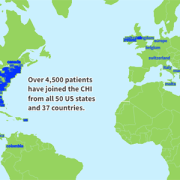Children’s National again ranked among the best in the nation by U.S. News & World Report
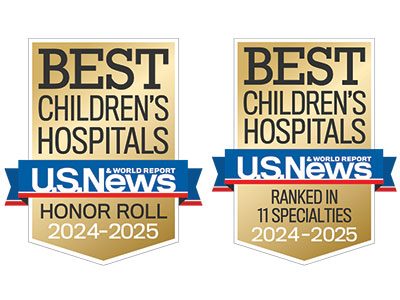 Children’s National Hospital in Washington, D.C., was ranked as a top hospital in the nation by the U.S. News & World Report 2024-25 Best Children’s Hospitals annual rankings. This marks the eighth straight year Children’s National has made the Honor Roll list. The Honor Roll is a distinction awarded to only 10 children’s hospitals nationwide.
Children’s National Hospital in Washington, D.C., was ranked as a top hospital in the nation by the U.S. News & World Report 2024-25 Best Children’s Hospitals annual rankings. This marks the eighth straight year Children’s National has made the Honor Roll list. The Honor Roll is a distinction awarded to only 10 children’s hospitals nationwide.
This year, U.S. News ended ordinal rankings on its Honor Roll. Instead of assigning a numerical rank from 1 to 10, all hospitals on the Honor Roll will be recognized as having attained the highest standards of care in the nation.
In addition, Children’s National tied for #1 pediatric hospital in the Mid-Atlantic region, which includes New York, New Jersey, Delaware, Pennsylvania, the District of Columbia, West Virginia and Virginia. It’s also best in the Mid-Atlantic in Neonatology.
For the fourteenth straight year, Children’s National ranked in 10 specialty services. New this year, U.S. News included behavioral health as a service line in the rankings. Since it’s the first year, there are no ordinal rankings for behavioral health, but the Children’s National program was named one of the top 50 programs in the country.
“In my first year here, I witnessed what makes Children’s National so special — our commitment to collaboration, empowering one another, and charting a bold path forward for pediatric care,” said Michelle Riley-Brown, MHA, FACHE, president and chief executive officer of Children’s National. “I’m proud U.S. News again recognized Children’s National as one of the top in the nation and the highest-ranked pediatric hospital in D.C., Maryland and Virginia. Together, we’ll continue to push the boundaries of care, research and innovation to make a difference for those who matter most — the kids.”
The annual rankings are the most comprehensive source of quality-related information on U.S. pediatric hospitals and recognizes the nation’s top 50 pediatric hospitals based on a scoring system developed by U.S. News.
“For nearly two decades, U.S. News has published Best Children’s Hospitals to empower the parents and caregivers of children with complex medical needs,” said Ben Harder, chief of health analysis and managing editor at U.S. News. “Children’s hospitals appearing on the U.S. News Honor Roll have a track record of delivering unparalleled specialized care.”
The bulk of the score for each specialty service is based on quality and outcomes data. The process includes a survey of relevant specialists across the country, who are asked to list hospitals they believe provide the best care for patients with the most complex conditions.
The Children’s National specialty services that U.S. News ranked in the top 10 nationally are:
- Neonatology (No. 2), led by Billie Lou Short, M.D.
- Neurology and Neurosurgery (No. 5), led by William D. Gaillard, M.D., and Robert F. Keating, M.D.
- Cancer (No. 5), led by Eugene Hwang, M.D.
- Diabetes and Endocrinology (No. 7), led by Andrew Dauber, M.D., MMSc.
- Gastroenterology and GI surgery (No. 8), led by Ian Leibowitz, M.D., Marc Levitt, M.D., Anthony Sandler, M.D., and Timothy Kane, M.D.
- Nephrology (No. 8), led by Marva Moxey-Mims, M.D.
- Orthopedics (No. 9), led by Matthew Oetgen, M.D., M.B.A.
The other four specialties ranked among the top 50 are Behavioral Health, Cardiology and Heart Surgery, Pulmonology and Lung Surgery, and Urology.


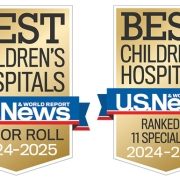

 Clinicians caring for children are often left to rely on off-label devices and medications approved for adults, especially during public health crises, national disasters and other emergencies. To address this critical gap, Children’s National Hospital is launching a 10-year partnership with the federal Biomedical Advanced Research and Development Authority (BARDA) — valued at $1.5 million per year, with the possibility of an additional funding boost of up to $515 million.
Clinicians caring for children are often left to rely on off-label devices and medications approved for adults, especially during public health crises, national disasters and other emergencies. To address this critical gap, Children’s National Hospital is launching a 10-year partnership with the federal Biomedical Advanced Research and Development Authority (BARDA) — valued at $1.5 million per year, with the possibility of an additional funding boost of up to $515 million.
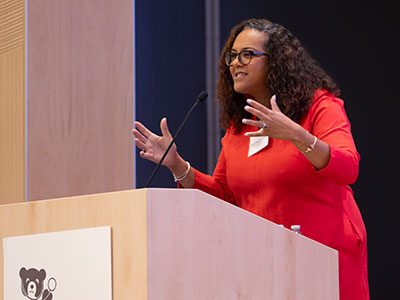
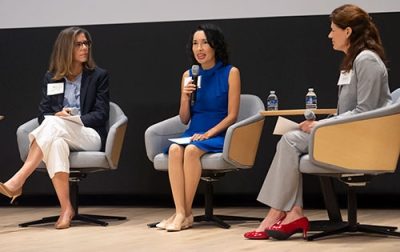

 The
The 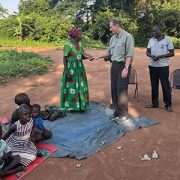
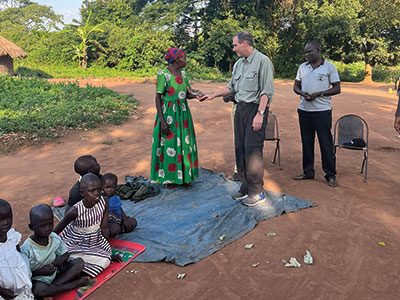
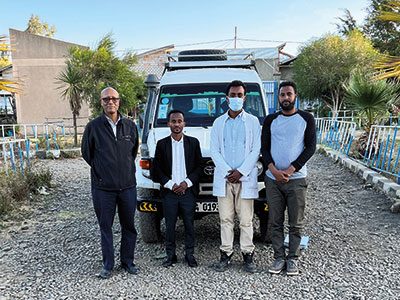

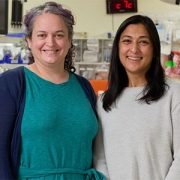
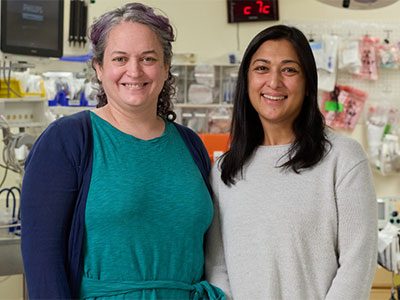

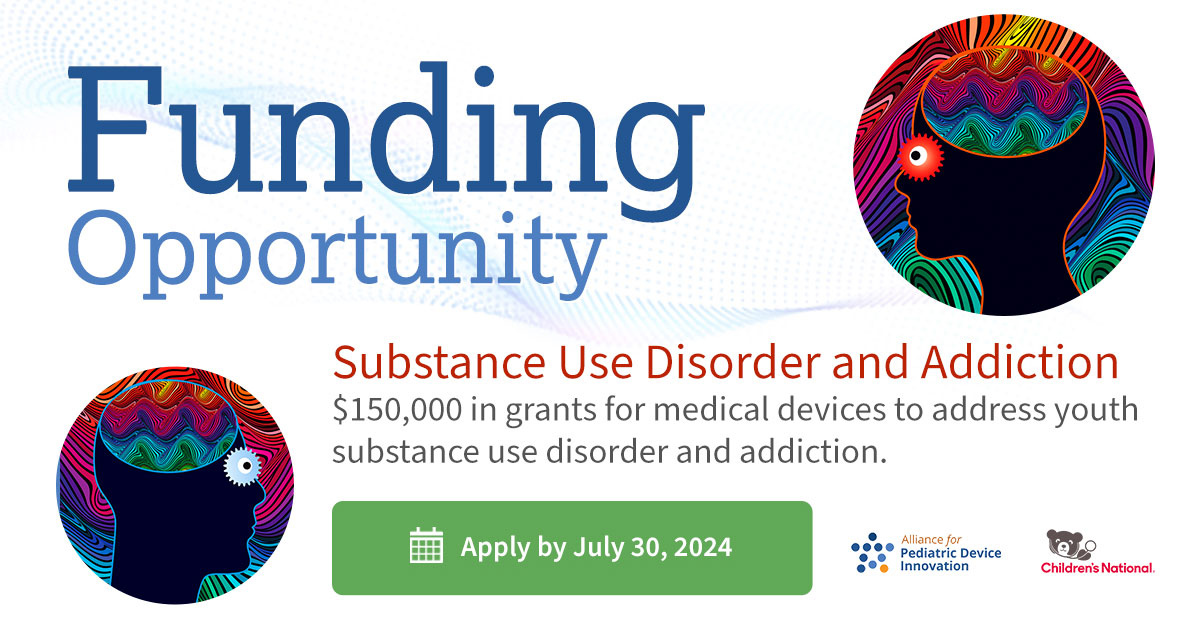 The Alliance for Pediatric Device Innovation (APDI), a nonprofit consortium led by Children’s National Hospital and funded through the Food and Drug Administration (FDA), today announced a grant opportunity for pediatric medical devices that improve the monitoring, diagnosis or treatment of youth suffering from substance use disorder and addiction. Grants up to $50,000 each are available for pediatric-specific solutions selected by a panel of experts from submitted proposals. Up to $150,000 in grant funds are available for distribution through this program.
The Alliance for Pediatric Device Innovation (APDI), a nonprofit consortium led by Children’s National Hospital and funded through the Food and Drug Administration (FDA), today announced a grant opportunity for pediatric medical devices that improve the monitoring, diagnosis or treatment of youth suffering from substance use disorder and addiction. Grants up to $50,000 each are available for pediatric-specific solutions selected by a panel of experts from submitted proposals. Up to $150,000 in grant funds are available for distribution through this program.


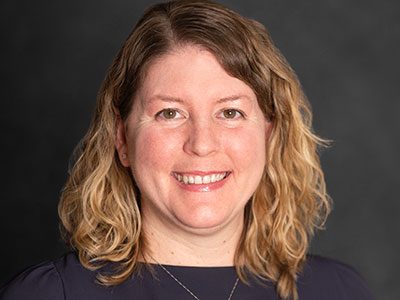


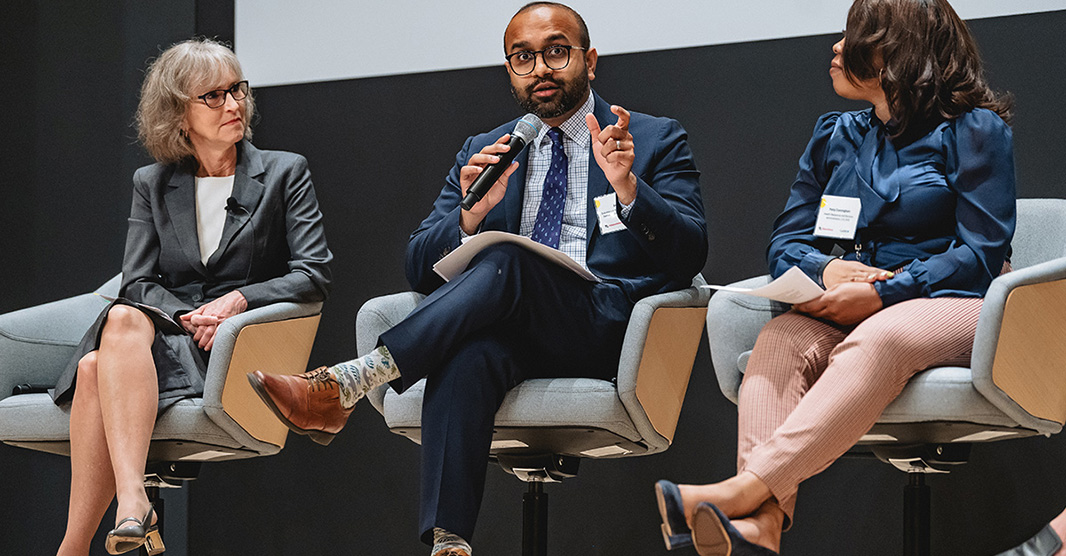
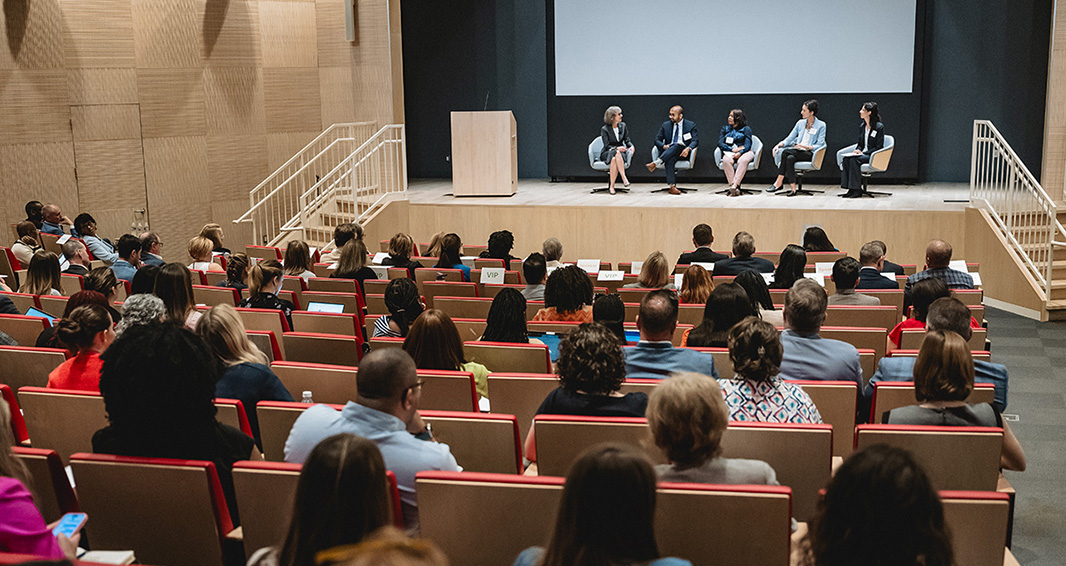
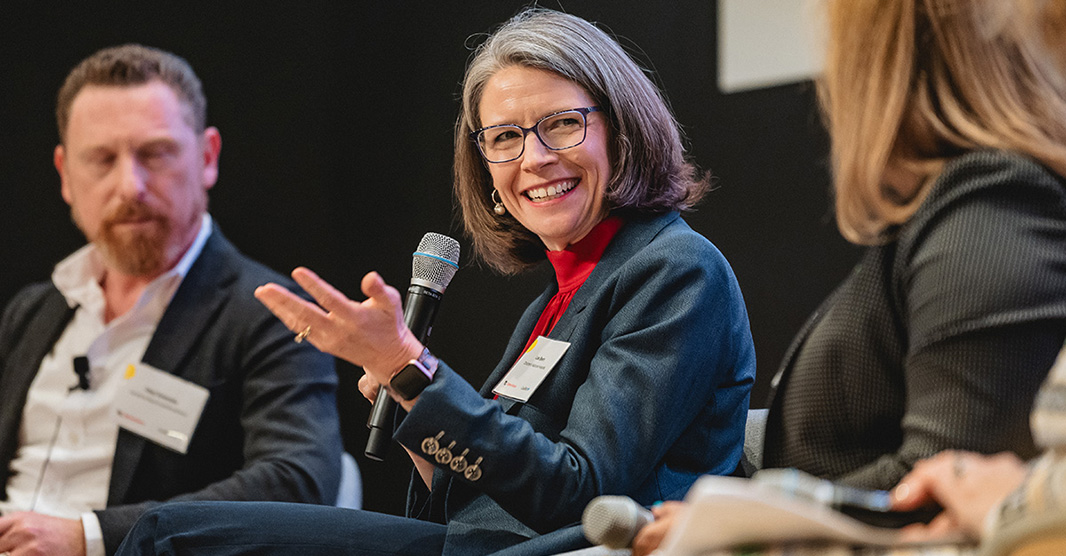
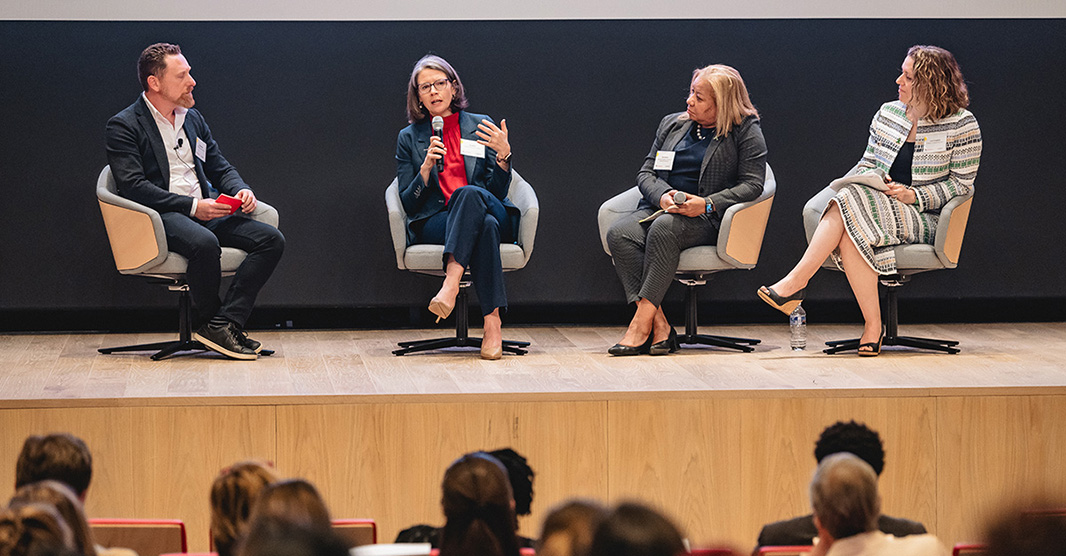
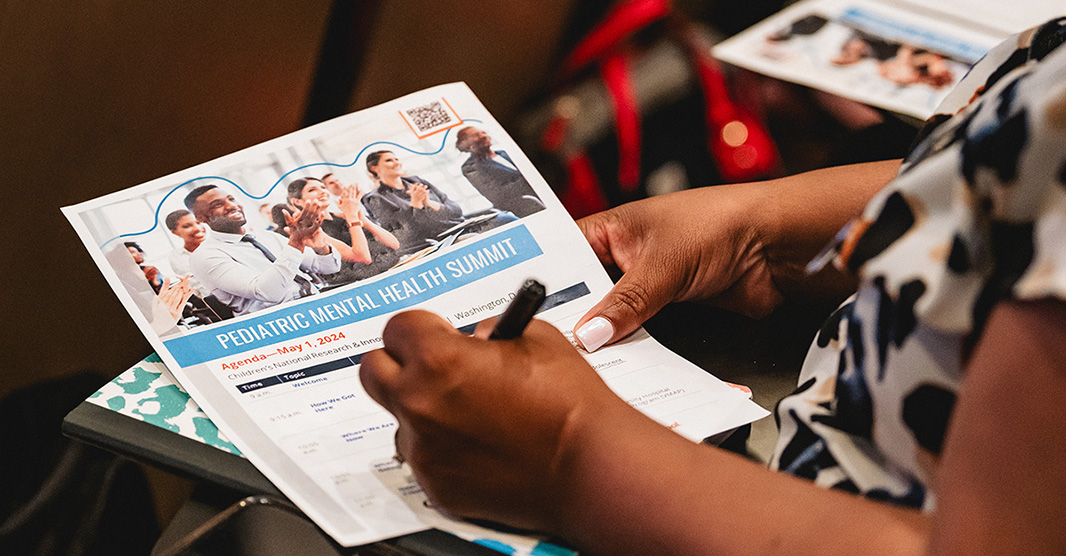

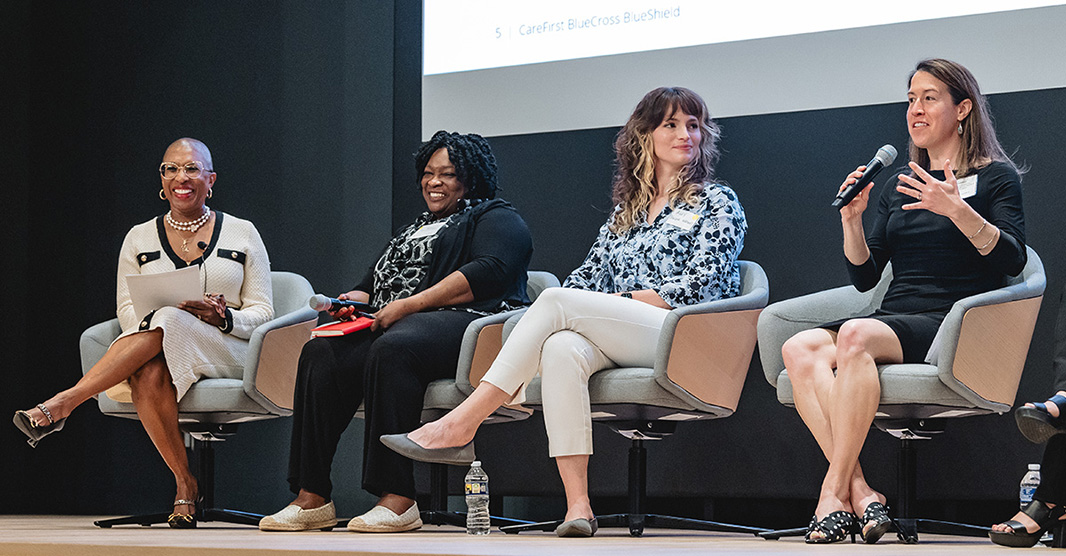
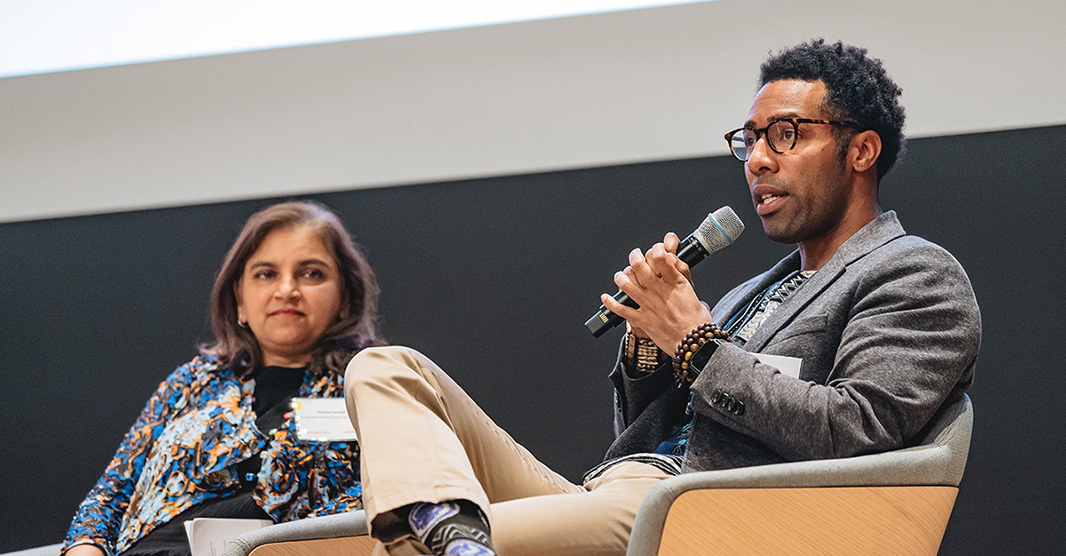
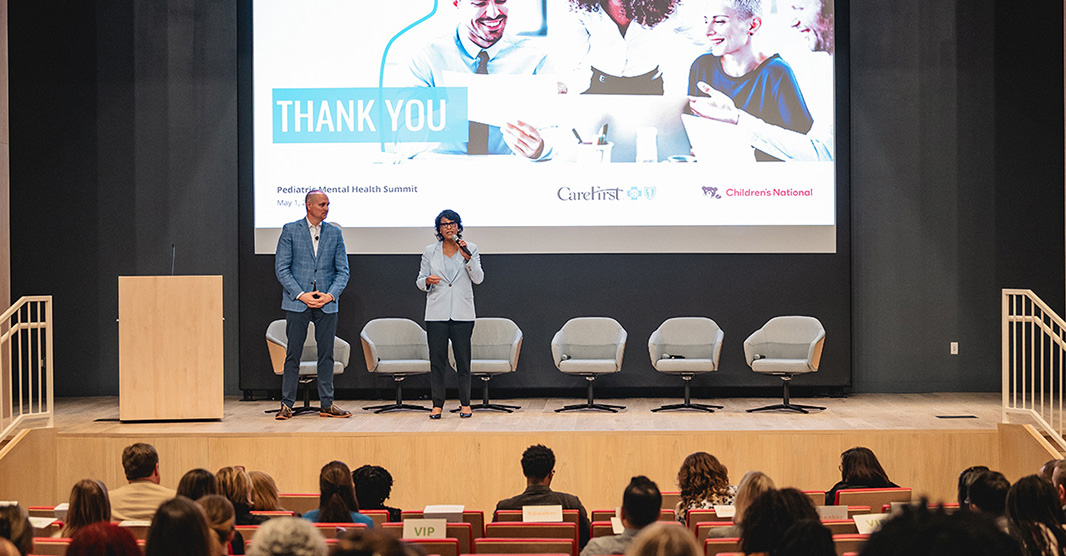
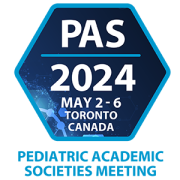
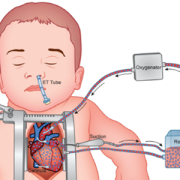
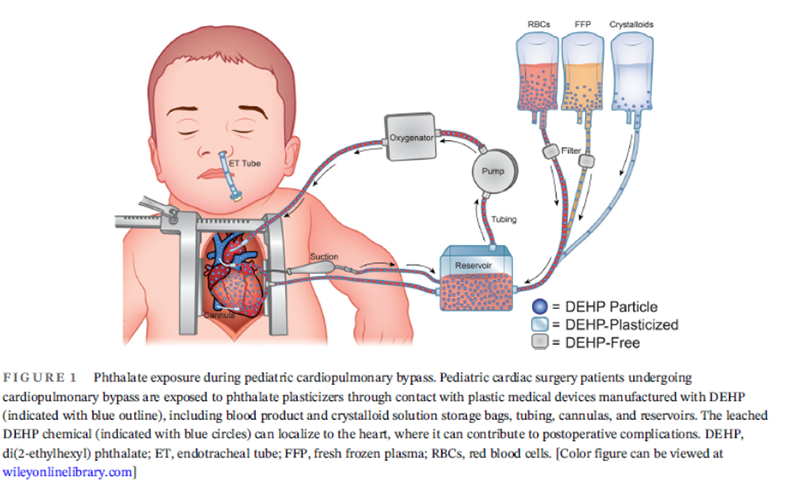

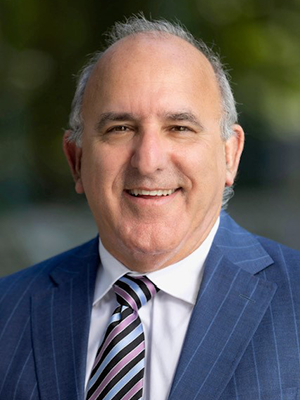

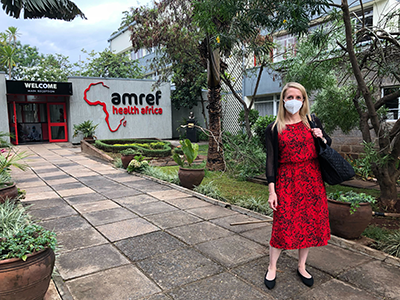


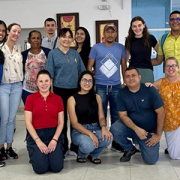
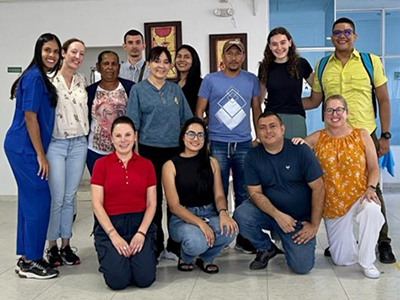
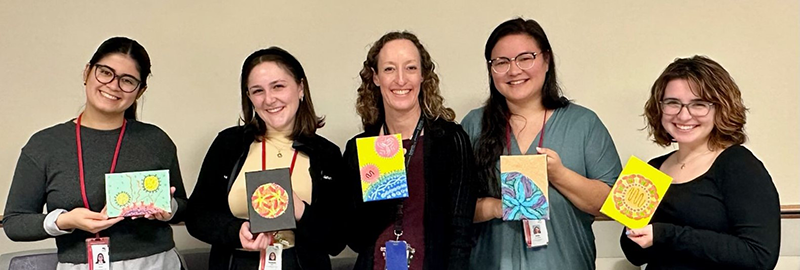

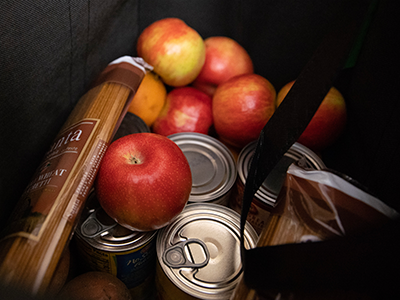



 Advanced MRI visualization techniques to follow blood flow in the hearts of cardiac patients. Gene therapy for pediatric patients with Duchenne muscular dystrophy. 3D-printed casts for treating clubfoot. These were among the most popular articles we published on Innovation District in 2023. Read on for our full list.
Advanced MRI visualization techniques to follow blood flow in the hearts of cardiac patients. Gene therapy for pediatric patients with Duchenne muscular dystrophy. 3D-printed casts for treating clubfoot. These were among the most popular articles we published on Innovation District in 2023. Read on for our full list.